-
Boeing is about to fly NASA astronauts to the International Space Station for the first time.
-
Boeing’s latest plane malfunctions don’t necessarily mean the astronauts are at extra risk.
-
Still, the FAA, NASA, and other aerospace experts have questioned Boeing’s entire safety culture.
Defense and aerospace giant Boeing is about to fly astronauts into space for the first time.
NASA’s Butch Wilmore and Suni Williams are scheduled to board the Boeing CST-100 Starliner spacecraft Monday evening, rocket through the skies, and cruise around the Earth until the spacecraft docks with the International Space Station early Wednesday.
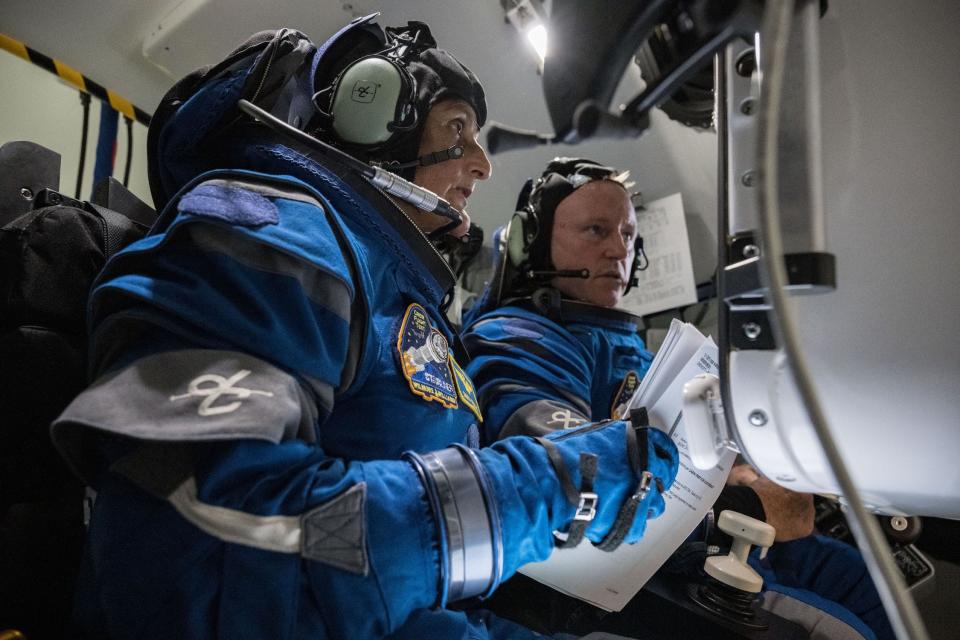
It is planned that they will live on the space station for about a week, then brave a fiery plunge back to Earth as the spacecraft deploys a parachute to land in the southwestern USA.
This Crew Flight Test mission has been over ten years in the making. Starliner is finally catching up with SpaceX’s Crew Dragon, which has been working overtime to ferry astronauts to and from the ISS for NASA and Boeing behind.
Boeing may be fresh in your mind for another reason, however. Its latest string of passenger plane woes began in January, when a panel was ripped from a Boeing 737 Max 9 jetliner shortly after takeoff from Portland. Several people were injured, but fortunately no one was in the seats near the gaping hole that opened on the plane.
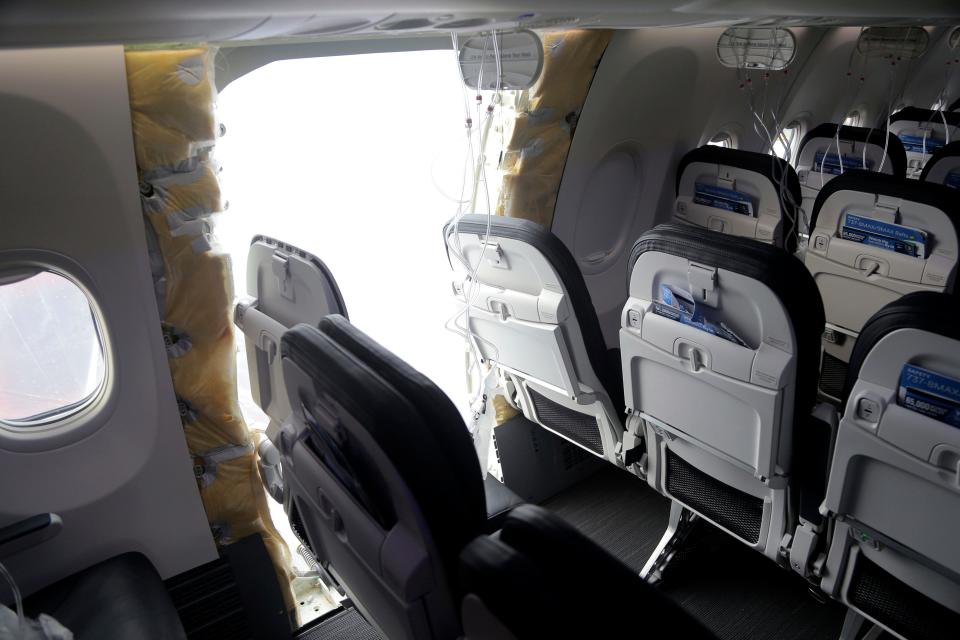

Then Alaska Airlines and United Airlines both reported loose parts on their Boeing planes on the ground. The Federal Aviation Administration launched a six-week probe into Boeing and its supplier, Spirit AeroSystems, and the Justice Department launched a criminal investigation.
Does any of that affect the safety of the astronauts aboard Starliner?
“This is a clean spacecraft and it’s ready to launch. And I can tell you from NASA’s perspective, we don’t launch until it’s ready,” NASA chief executive Bill Nelson told reporters on Friday.
NASA clearly has confidence in the spacecraft now, but there have been problems.
On their first attempt to fly to the uncrewed ISS, in 2019, a software error caused the spacecraft to burn through its fuel shortly after launch, forcing it to return early to Earth. Thousands of other issues were revealed during that flight. Then, a problem with valves in the propulsion system delayed his second attempt, which eventually reached the ISS.
In the eyes of some aerospace experts, the plane issues are completely irrelevant.
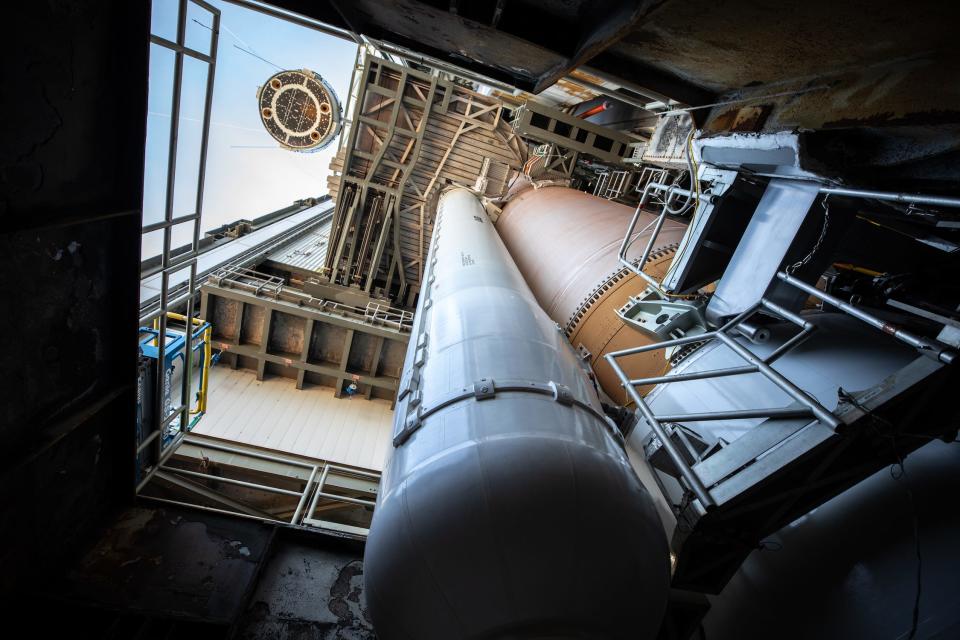

“I don’t really think there’s a direct link,” George Nield, former associate administrator for the FAA’s Office of Commercial Space Transportation, told Business Insider.
“They are different people, they are different missions, probably even different cultures within those units,” he said. “But at the same time, senior leadership plays a very important role in setting the overall safety culture, setting overall priorities, and setting the expectation of the ability to speak up.”
In response to a request for comment, a Boeing spokesperson referred BI to four of the company’s Starliner public briefings with NASA. The spokesperson did not specify which comments in the briefings were relevant.
Boeing’s safety culture is a matter of concern to the FAA and NASA
The FAA’s investigation found numerous manufacturing problems at Boeing and its suppliers, including discrepancies in employees’ understanding of quality control and procedural problems on the plant floor, the New York Times reported.
An expert review panel also reported “a disconnect between Boeing’s senior management and other members of the organization regarding safety culture,” as well as doubts about whether the company’s safety reporting system ensures “open communication and non-reality.”
Bjorn Fehrm, an aviation industry analyst at the Leeham Company, says Boeing’s problem is its history of focusing on key performance indicators, or KPIs.
“It changes the criteria for advancement in the company,” Fehrm told Business Insider. Apart from being a good engineer, he says, KPIs encourage being a good politician. They make shareholders happy, but they don’t always lead to the best product.
The Alaska Airlines plane’s malfunction is a sign of illness, Fehrm said. “The sickness is the 25 years of a culture that prioritizes numbers before the best knowledge of what to do.”
That culture was behind two fatal crashes of 737 Max planes in 2018 and 2019, Fehrm says.
NASA also investigated Boeing’s company culture after the botched 2019 Starliner test flight. Doug Loverro, NASA’s associate administrator overseeing the program at the time, said the two fatal 737 Max crashes were on his mind when he sent that inquiry.
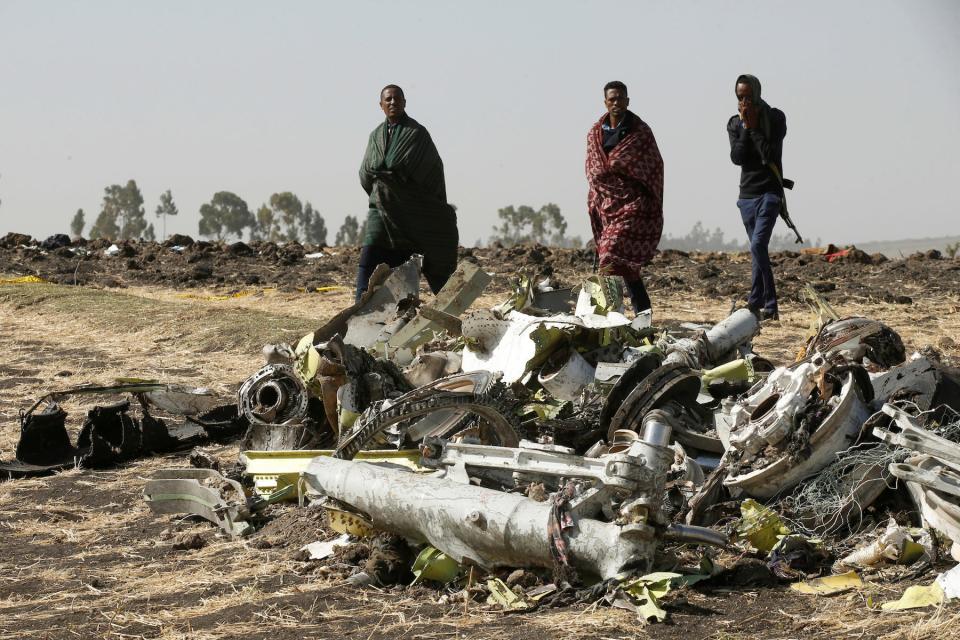

After those disasters, Boeing hired a new CEO and board members with engineering backgrounds and established an Aerospace Safety Committee.
Those were certainly improvements, Fehrm said, but it doesn’t change the middle management that has been refined by adopting KPIs.
“The desire to get the production rate up to the maximum is still there, and the old habits of cutting some corners to shape numbers are still there,” Fehrm said.
“The Boeing culture is an oil tanker. It’s a ship,” he said. “You can only go so fast.”
Space flight is more dangerous than aviation
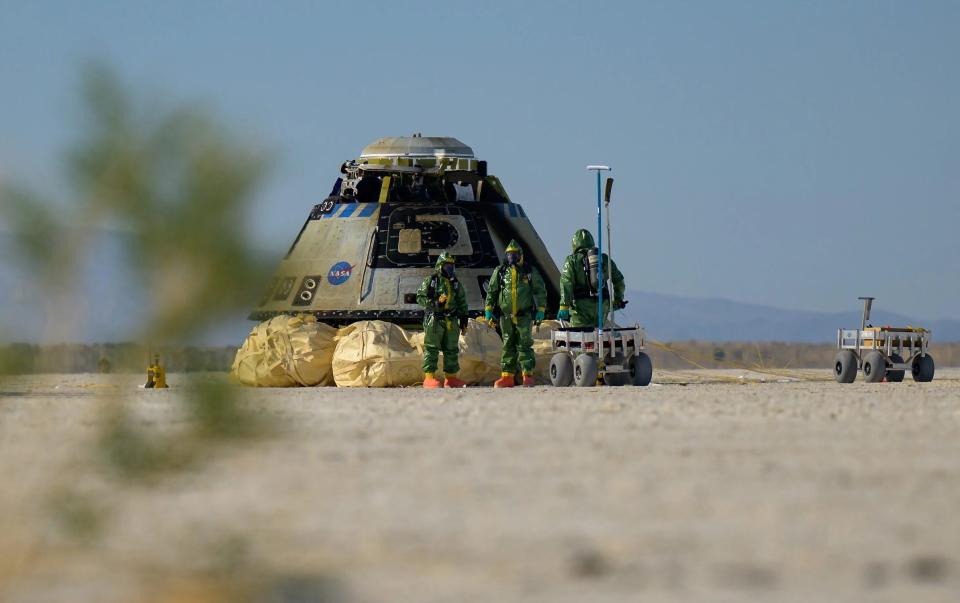

NASA and Boeing have calculated the probability that astronauts will die on a Starliner flight due to a catastrophic accident – unfairly, they call this a “crew loss”.
NASA’s minimum requirement for crew safety was a 1 in 270 chance of crew loss. Boeing surpassed that with 1 in 295, according to Steve Stich, who manages NASA’s Starliner-born Commercial Crew Program. He added that those calculations are for a full 210-day mission, while Whilmore and Williams’ test flight lasts only one week.
Of course, such odds would not fly for commercial airplanes.
Space flight is much more dangerous than aviation in part because it is much younger. For over 100 years people have been building and flying airplanes, making fatal mistakes, and learning from them.
The US has flown about 400 manned space flights, four of which have resulted in fatal malfunctions, according to a 2020 analysis. That’s a fatal failure rate of 1%, which is 10,000 times the rate of commercial airlines.
Space flight involves extreme environments and powerful rocket engines. There are only more hazards the further you go from the ground.
“Even after many years and hundreds and thousands of flights on an airplane, we still need to have a healthy safety culture. And the same situation applies to space activities, even more so,” said Nield.
Starliner has additional safety features
Monday’s Starliner flight is a test, and the spacecraft is already going through a rigorous testing process at NASA’s behest.
Boeing launched the spacecraft’s thrusters on the ground, tested its parachute, and launched it and it ended immediately to test the mechanism that would propel the spacecraft away from a failed rocket. Boeing also completed a series of reviews and fixes to fix problems it discovered during its two unmanned flights.
The astronauts played a very strong role.
“We have our fingerprints on every single procedure that exists for this spacecraft,” Wilmore told reporters in a Q&A Wednesday.
Starliner also has added safety measures built into the design, Whitmore and Williams said in the Q&A.
For one, it has no “black zones” – parts of the flight path where a certain type of spacecraft failure could not be survived. That’s partly thanks to its unique ability to switch between three different flight modes: fully automatic, manual control with computers, and a fully manual backup mode with no computers, as a failsafe.
Starliner can also end its flight anywhere from the launch pad “all the way up through orbit,” Williams said.
“We’re your favorite crop, so we’ll be fine,” she said.
Read the original article on Business Insider